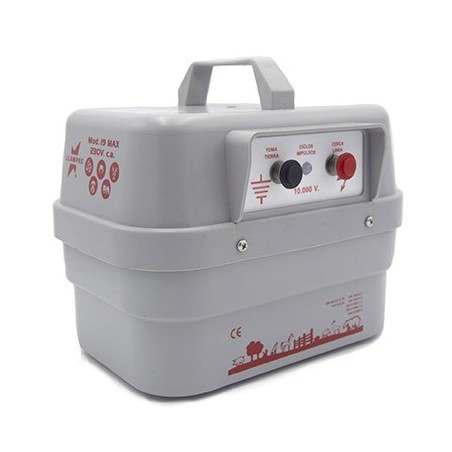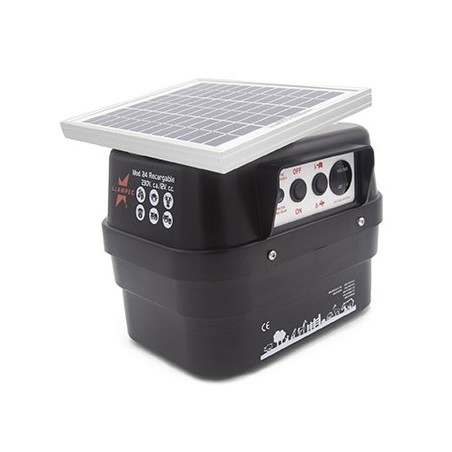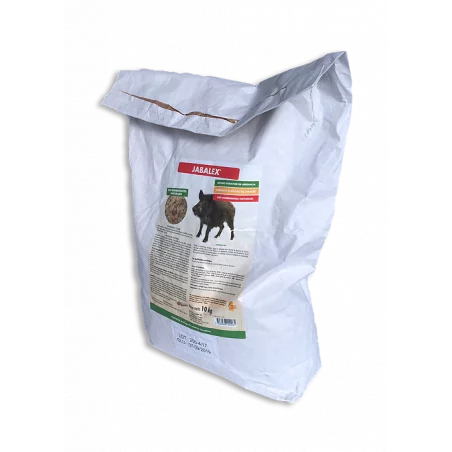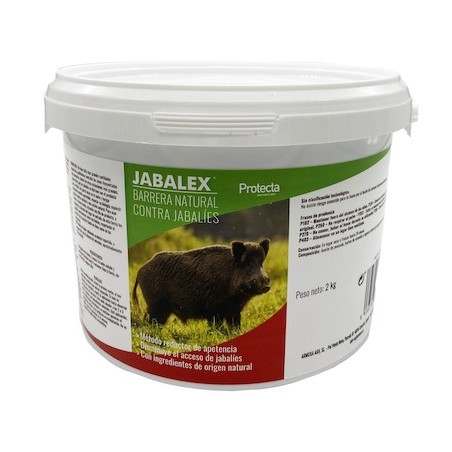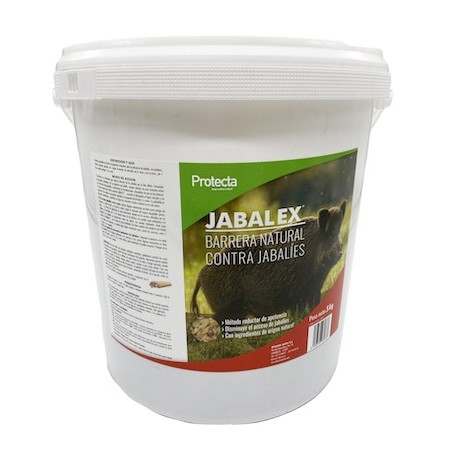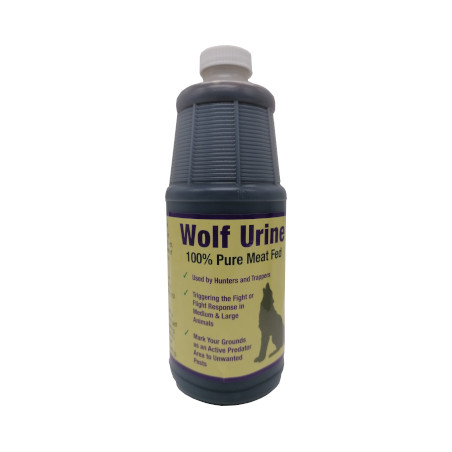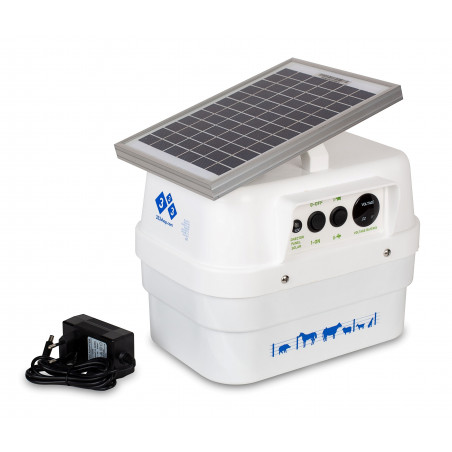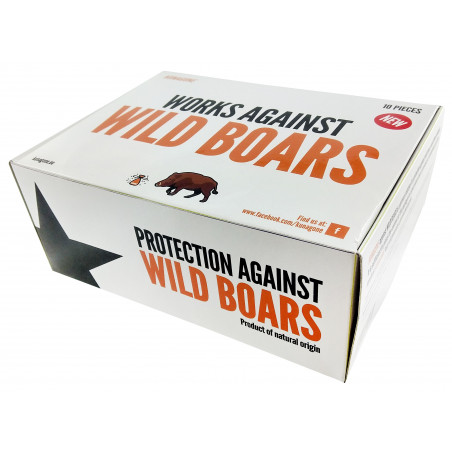Wild pigs (Sus scrofa) are a prolific invasive species throughout many regions of the world that cause extensive economic and environmental damage. Trapping is a common strategy for reducing their populations with baits (i.e., food) and attractants (e.g., scents) used to lure wild pigs into traps. However, there is little information on which scent attractants may attract wild pigs more readily and rapidly across regions and seasons. We examined 60 scent attractants for wild pigs that could be used to increase trapping success across three seasons (winter, spring, and fall) and in two geographic regions, including a warm and semi-arid rangeland (South Texas, USA) and a warm and moist mixture of upland and bottomland forests (South Carolina, USA).
We found little evidence that most scents attracted wild pigs. Only strawberry extract and creosote bush oil increased the probabilities of visitation, and only in Texas during the fall season. No other scents attractants performed better than the control (i.e., no scent) in both study locations. More wild pigs visited sites during the fall season regardless of scent attractant used. The location of a site mattered more than which attractant was used, and a post hoc analysis revealed that distances to roads and water flowlines (i.e., permanent or ephemeral drainages, streams, and rivers) increased the probabilities of visitation during some seasons.

We conclude there was no panacea scent that was more effective than controls in attracting wild pigs across regions and seasons. Placement of sites and seasonality were more important for attracting wild pigs, suggesting the location of traps or bait sites may be more important than the specific attractants used for management activities. Future research should include monitoring movements of wild pigs relative to scent attractants and evaluation of baits (e.g., food-rewards) for drawing wild pigs to sites.
Snow NP, Kupferman CA, Lavelle MJ, Pepin KM, Melton MH, Gann WJ, VerCauteren KC, Beasley JC. No panacea attractant for wild pigs (Sus scrofa), but season and location matter. Applied Animal Behaviour Science. 2022: 105705. https://doi.org/10.1016/j.applanim.2022.105705




